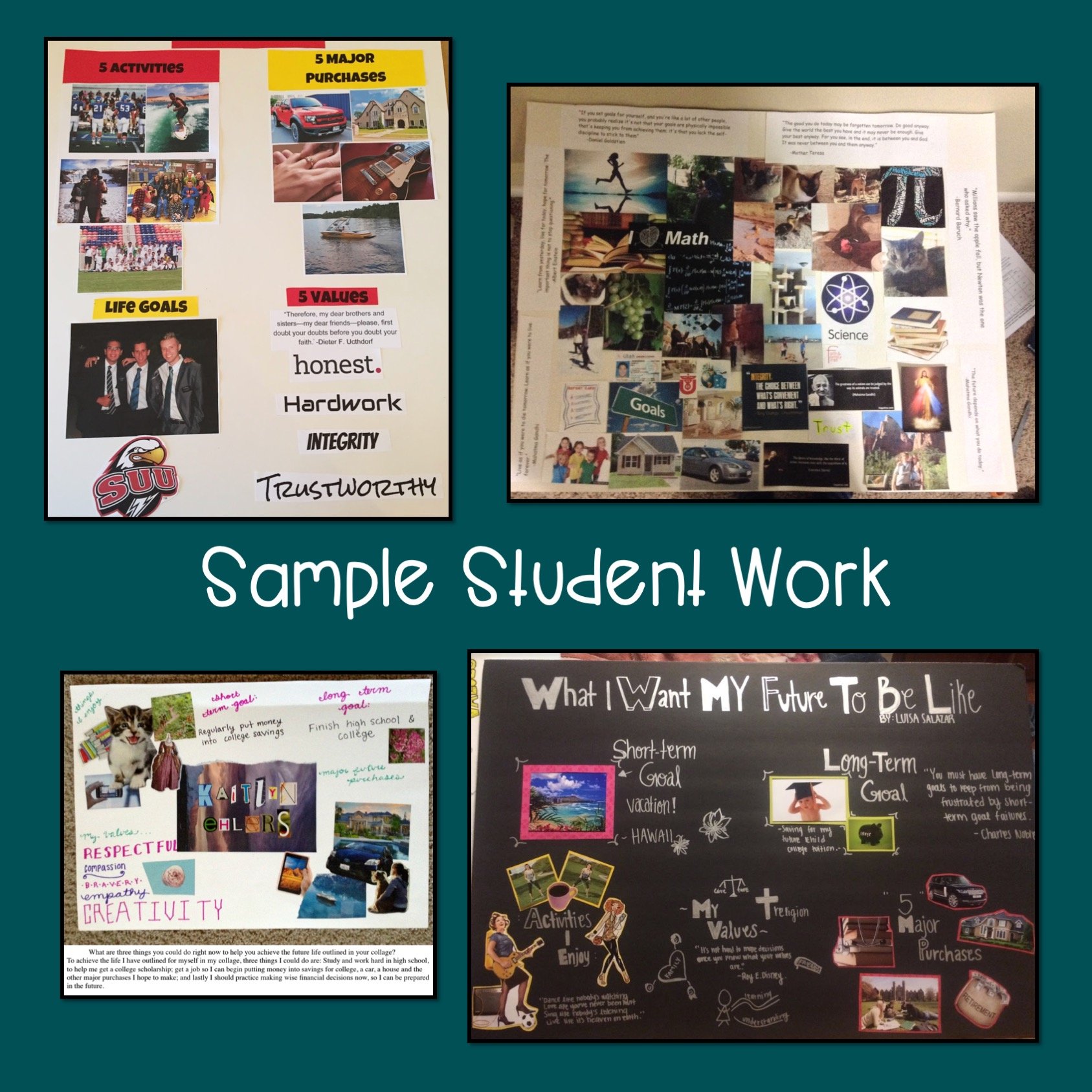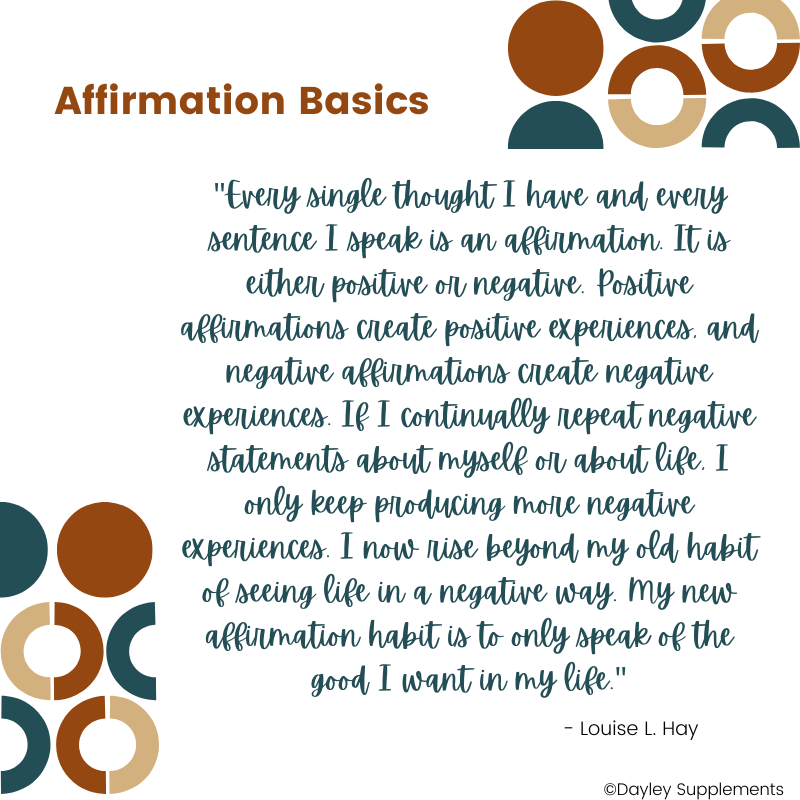Back to School Activity Ideas
Students all over the country will be heading back to school soon. It is hard enough to get yourself back in the swing of things, but in addition, there is a lot of pressure on teachers to help new students feel welcome in their classroom. Building relationships is key in a successful learning experience. The sooner teachers can bond with their students and make interpersonal connections, the sooner learning can take place!
“Strong relationships with teachers and school staff can dramatically enhance students’ level of motivation and therefore promote learning. Students who have access to more strong relationships are more academically engaged, have stronger social skills, and experience more positive behavior.”
Engagement Ideas for the First Day of School
Sitting in their seats on the first day back is a tall order for high school students returning to the classroom after an active summer. Helping them participate in activities that are fun, break the ice, and lead into content are great ways to help them get back into the routine!
Below are some ideas to help students connect with you and fellow students on the first day of school in your Financial Literacy course. With a bit of adjusting, each idea could be used in other content areas, as well.
Best and Worst Purchase Ever
Conduct a discussion where students share with the class or with a partner about their best purchase and their worst purchase. This is a great chance for students to share a little about themselves, while you, as the teacher get to find out a bit about their financial behaviors. Some students will admit to not spending much and having very simple wants and desires, while others demonstrate thoughtlessness in their spending and as they reflect they are able to identify spending habits they want to improve on. This is a great lead in to the content of your class.
Give Me Five!
Students use a handprint to identify five specific things about themselves and write them on each finger of the handprint. This can be done by tracing their hand on a piece of paper and cutting it out (allowing some down time that give students a chance to chatter and catch up), or precut handprints or die cuts can be given to each student. Variations of this could make a list (one on each finger) that could include the following:
Five things they loved about the summer.
Two bad purchases and three good purchases they have made in their lives.
Five things they like about themselves.
Five questions they have about money that they are hoping to have answered while taking the course.
Five money tips they would share with someone who is three years younger than they are.
Students use a handprint to identify five specific things about themselves and write them on each finger of the handprint. This can be done by tracing their hand on a piece of paper and cutting it out (allowing some down time that give students a chance to chatter and catch up), or precut handprints or die cuts can be given to each student. Variations of this could make a list (one on each finger) that could include the following:
Syllabus Scavenger Hunt
Create a scavenger hunt that requires students to roam the room to find the answers. This could look like having QR codes posted around the room with either questions or answers. Students could complete a Google Form with specific questions about the basics of the class that can be found on the disclosure statement. As they scan the QR codes, they are given clues and/or answers to help them complete the form. Another fun way to help students become acquainted with the syllabus is to present the information in a video, then make an EdPuzzle with interactive questions to help them review the material. Once they complete the EdPuzzle they can move on to the next task.
Create a Vision Board
Creating a vision for their future is fun for high school students. It is not everyday that they are allowed to dream of the possibilities of their future. For some, it is hard to think past fourth period, but it is critical that students in high school start to lengthen their vision, and set their sights on what COULD be their reality one day. Creating a vision board helps give purpose and intent to WHY they will be learning financial competence skills and generate individual purpose that will serve as a motivator on their personal financial journey.
Money Mantras and Affirmations
A “Money Mantra” is an effective tool to help students improve their money mindset and support behaviors to get them closer to their goals. It can be a simple saying, a phrase, a chant, a poem, or an affirmation that helps clean up their self-talk and allows them a quick win when their will power is tested. One I use often is, “Just because you can doesn’t mean you should.”
On the first day, students love to create their own money mantras. This can be something that supports their current knowledge about money, their feelings about money, financial advice they have been given, or advice they want to give themselves. After they generate their mantras, they can design a digital poster in an online platform like Canva that can be printed and hung in a high traffic area of their home, or it can be reduced to a credit card size, laminated, and carried with them as a reminder.
As a follow up to this first day activities, teachers could choose to conclude the term by revisiting the students’ mantras, having them revise them based on what they learned in the course.
















